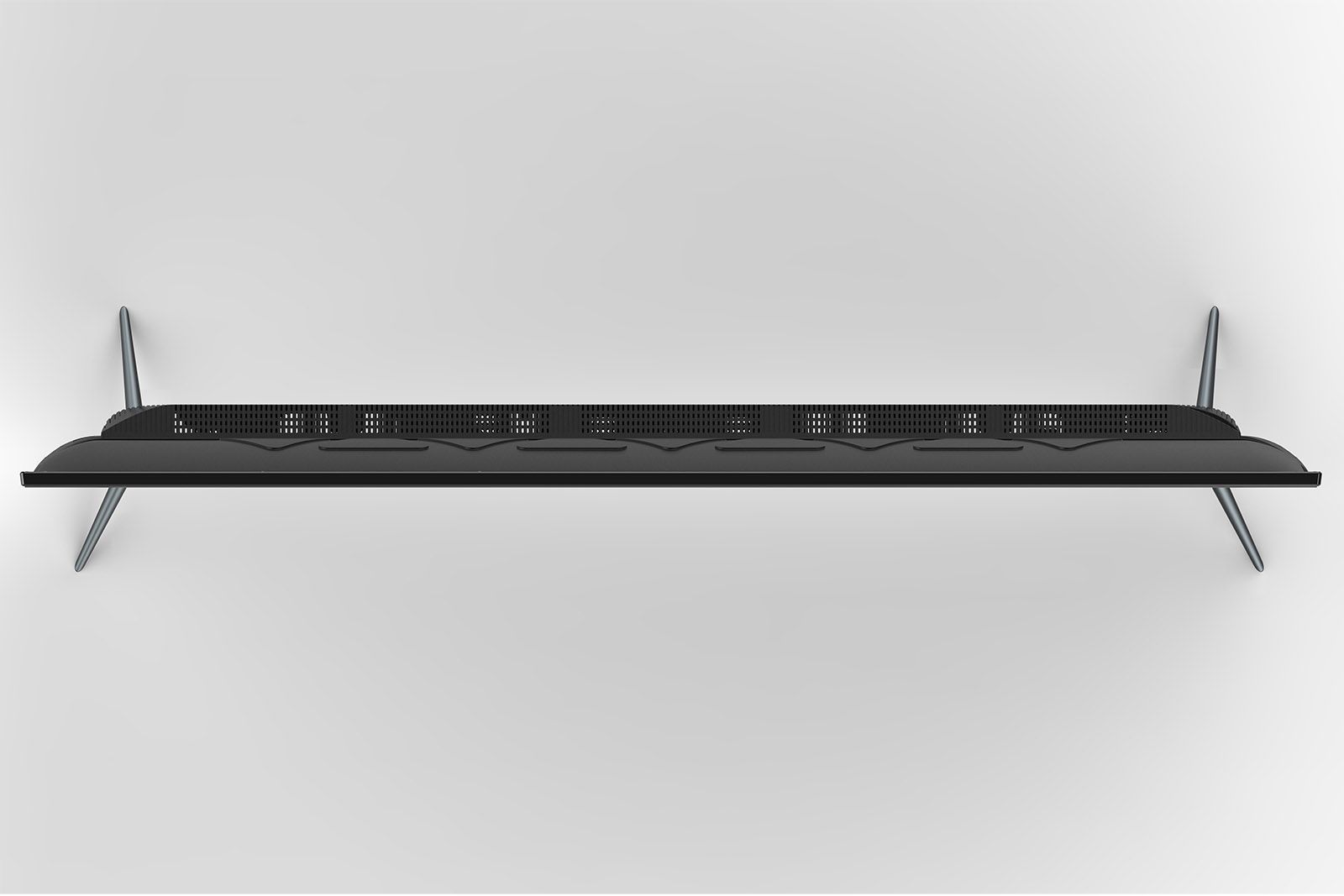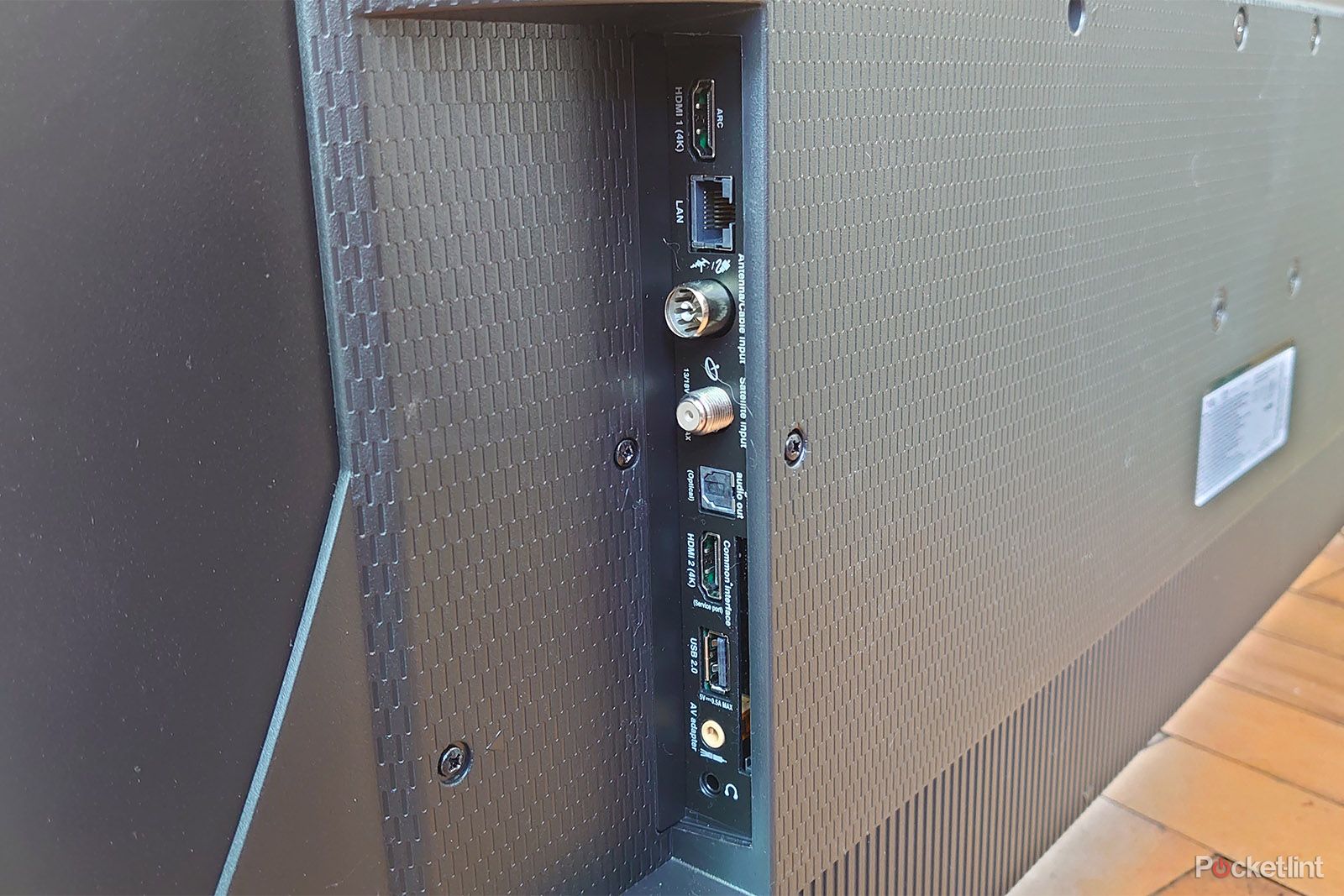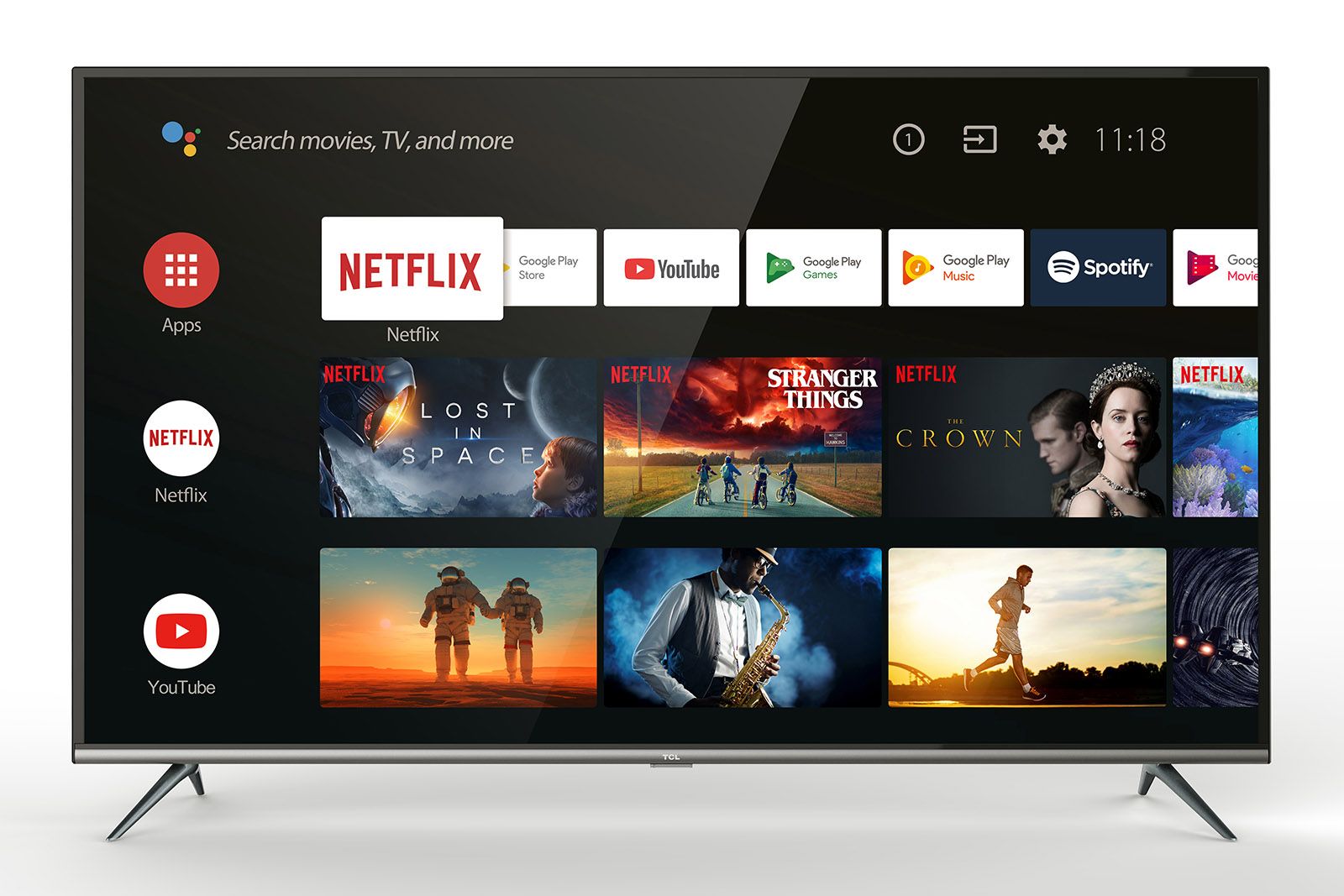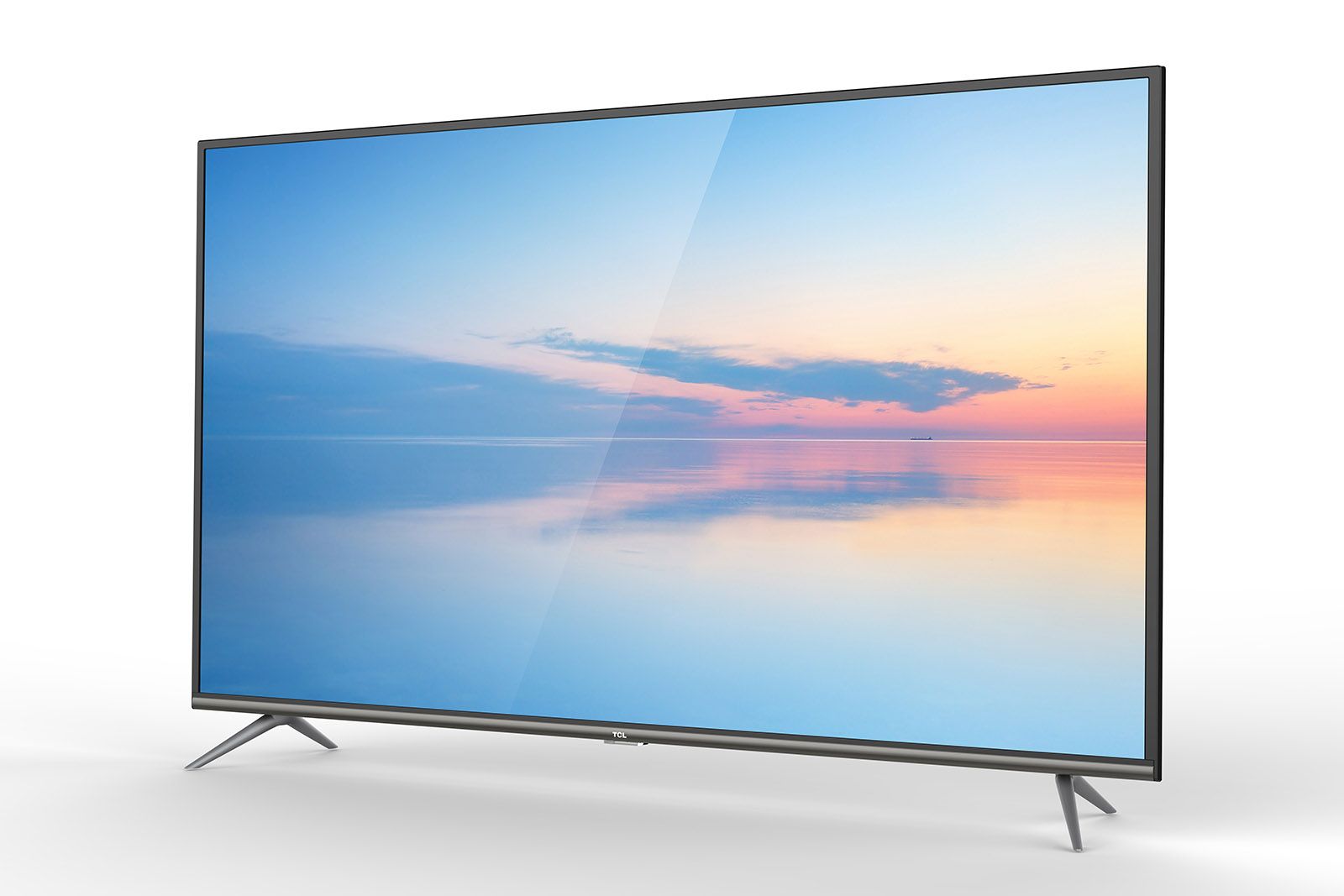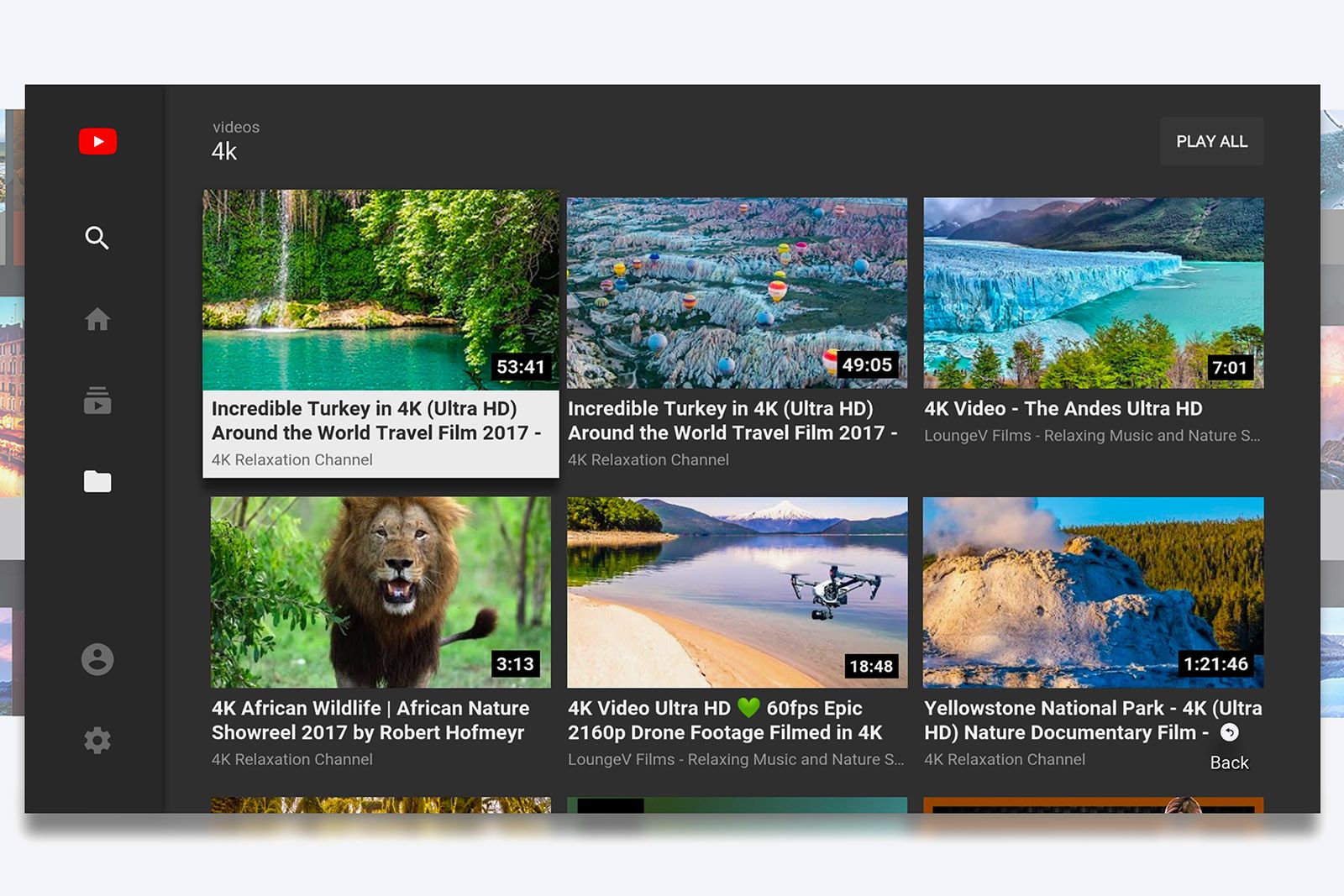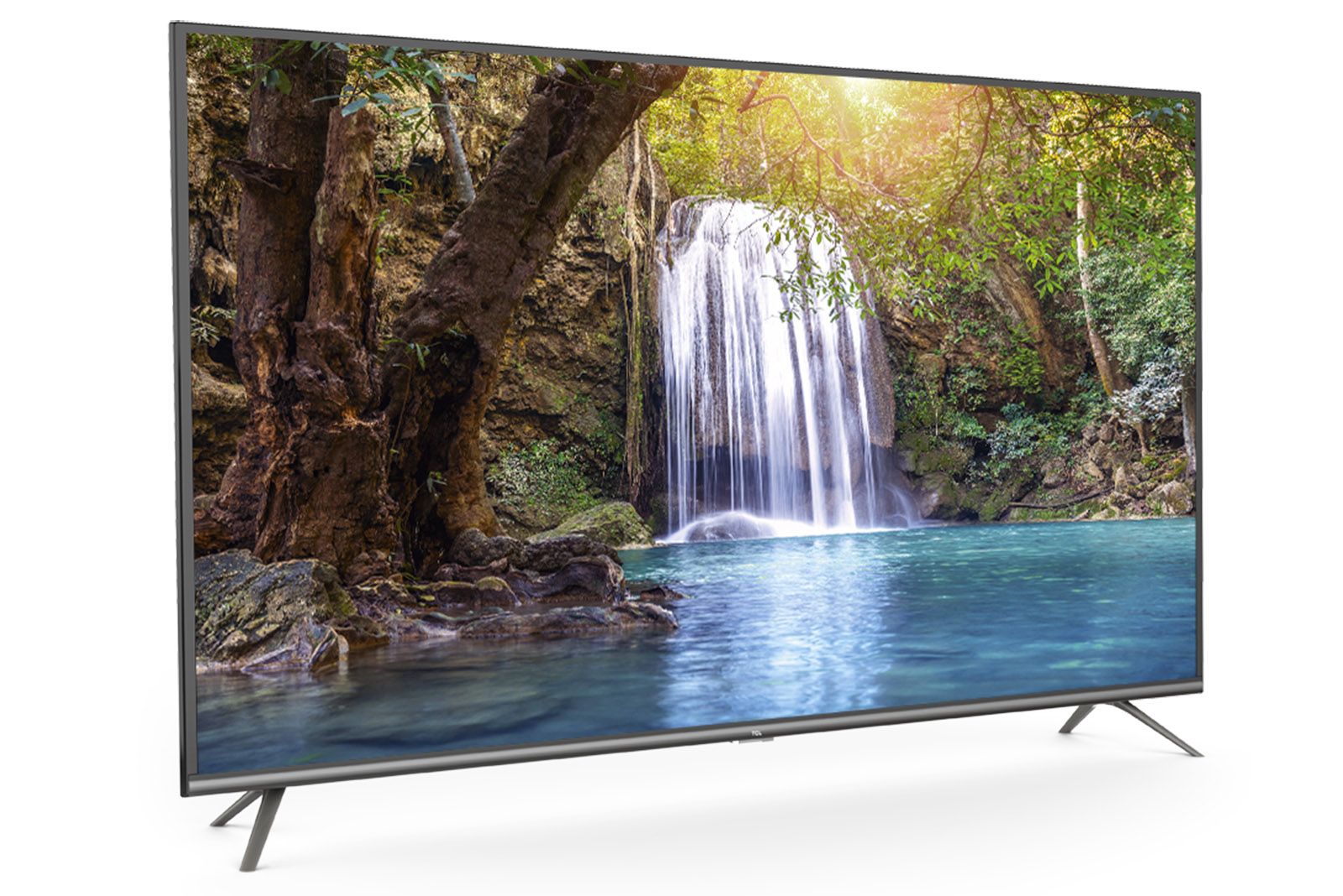Don't confuse TCL's lack of brand profile with a lack of importance. In the nigh-on 40 years since its inception, TCL has risen to a position of real significance in the world of consumer electronics - in televisions in particular. It has some impressive numbers attached to its operation, too, being the second-largest consumer electronics company in the world in terms of product shipment by volume.
But in Europe it's not so well known, having only dipped a toe in the water in 2019 with the launch of some headphones and soundbars. For 2020 TCL is back with the real meat of its operation: televisions. Here we're reviewing the 43-inch version of its EP658 range (also available in 50-, 55- and 65-inch sizes).
On paper at least, the EP658 is equipped to succeed. It delivers a seemingly expensive specification at a modest price. But does this budget model really deliver where it matters, and will TCL become more of a household name as a result?
Our quick take
In some ways the TCL EP658 is a very respectable performer. It's got a fine interface too, and Freeview Play is always welcome.
It is compromised in some unexpected ways, though - its so-so upscaling could probably be forgiven, but audio/video syncing problems are a nuisance.
If you're looking for a budget 4K set then it's hard to argue with the price.
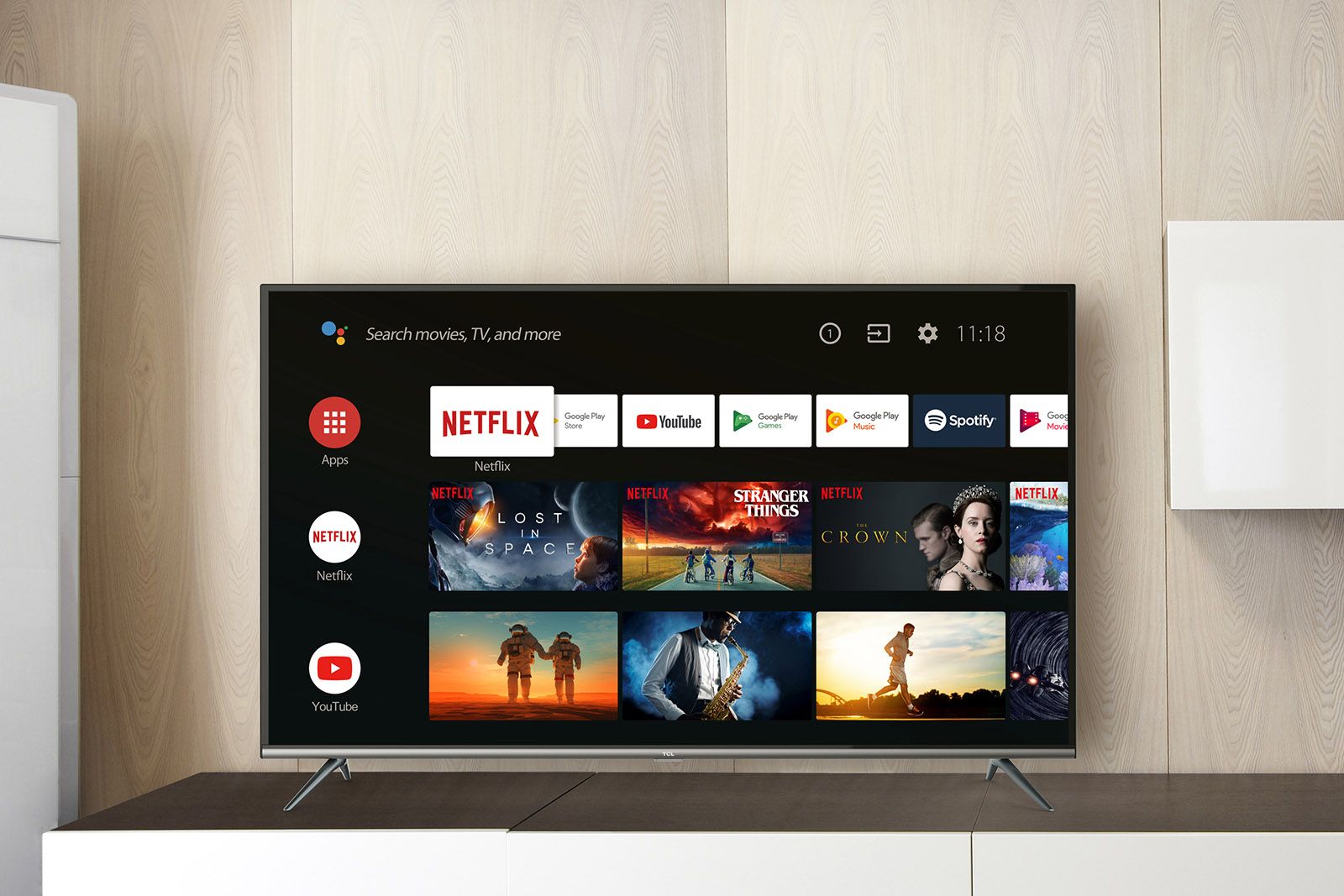
TCL EP658X1 4K TV - 3.5 / 5
| FOR | AGAINST |
|---|---|
|
|
Design
- 78mm depth - not great for wall-mounting
- 7.4kg (43in) - is great for wall-mounting
- Clean, tidy, understated design
You can't expect a modest asking price to buy any kind of cutting-edge design - and, sure enough, it doesn't. The TCL EP658 is an entirely functional looker.
Mind you, that's probably sensible. All anyone really wants from their new TV is screen, no matter how much they paid for it. So TCL has served up a completely inoffensive product, a TV with reasonably minimal shiny black plastic bezels on three sides and a broader, but no less discreet, silver-painted plastic bezel across the bottom. It's here that you'll find the only bit of branding on the entire TV - and it's just as understated as the rest of the design.
There's more silver-painted plastic forming the two simple 'boomerang' feet the TV stands on. They're quite near the ends of the chassis - which means they're easy to position a modest soundbar between (good) and that the EP658 needs quite a wide surface to stand on if it's not being wall-mounted (not so good).
And if you're considering wall-mounting, it's worth bearing in mind the TCL is of fairly generous depth - it goes back a full 78mm, which is enough to make it stand proud of the wall in a pretty old-school manner. Still, at least its use of the most prosaic plastics means it only weighs 7.4kg in its 43-inch guise - which won't put any undue stress on your Vesa mounting bracket.
Features
- High Dynamic Range: HDR10 and HLG
- Native 4K resolution (3840 x 2160)
- Freeview Play built-in
- 2x HDMI 2.0 ports
The headline here, especially when taking price into consideration, is the 4K ultra-high definition screen resolution. On paper, at least, this positions the EP658 at the cutting edge of mainstream specification.
This 10-bit panel's performance is bolstered, up to a point, by some high dynamic range (HDR) compatibility too. The TCL supports both HDR10 and the broadcaster's favourite HLG (Hybrid Log Gamma) - but neither HDR10+ nor Dolby Vision are on board, which means there's no dynamic metadata compatibility here for the very best output. What there is, though, is a 'Smart HDR' setting, which seeks to bring a little HDR-style dynamism to standard dynamic range (SDR) content.
Any enhancements to the brightness of the picture, the strength of the contrast, and so on, is going to be facilitated by the EP658's direct LED global dimming. The company has extrapolated this arrangement into almost 1300 separate dimming zones (an impressive figure by the standards of very affordable TVs) and uses Micro Dimming algorithms to control them on an almost individual basis.
Getting content onto the screen in the first place can be done any number of ways. The EP658 is toting twin tuners (satellite and terrestrial), and thanks to its Freeview Play configuration it can access broadcasts from the previous seven days as well as from right now. It has a couple of HDMI 2.0 inputs (one of which features an audio return channel (ARC), it should be noted), a USB socket, an Ethernet input (as well as integrated Wi-Fi), and an adaptor to allow a composite video input too.
Interface
- Android TV
- Voice control
- T-Cast control app
Thanks to its Android TV interface, every streaming service worthy of the name - Netflix, Amazon Prime Video, YouTube and all the rest - is available here too. There's no two ways about it: TCL has played something of a blinder here.
The Android TV interface is as imposing as ever here, occupying the entire screen. But it's cleanly and logically integrated, and has such a stack of possibilities it's probably a good thing that it's so in-your-face. And thanks to the TCL's quad-core processor, it's pretty rapid in its responses.
It can be navigated a number of ways. If you like the sound of your own voice, then it's Google Assistant Ready and also Works with Alexa. Alternatively, there's the very smart, stable and well laid-out T-Cast control app available from the Google Play store. Or there's a remote control - it's a long, thin, rather randomly laid-out wand that feels about as inexpensive as you might expect in the context of the TCL's price.
There's no arguing with the breadth of choice or the implementation of the EP658's user interfaces, though. Even the rudimentary set-up menus are sensible, and impact picture and sound quality in the ways you'd anticipate. Some consumers might hanker after a little more depth of adjustability where motion-tracking, digital noise reduction and so on are concerned, but equally there's something to be said for keeping things concise where picture and sound settings are concerned. Some other TV manufacturers, with their higher brand profile and higher prices, could give this some consideration.
Picture quality
Having made the relatively few picture settings adjustments available, proper testing begins by giving the TCL absolutely its best chance at making a good impression: a 4K UHD disc of Christopher Nolan's Dunkirk via a Samsung UBD-M9500 Blu-ray player.
In broad terms, the EP658 does a very respectable job. It keeps picture noise to an absolute minimum, even during the many scenes of uniform colour (skies and beaches, in this instance), and remains surefooted with motion even when the going gets hectic. Detail levels are at a decent level, and the TCL even manages a degree of insight into darker scenes or areas of blackness.
It defines edges well, keeping straight lines smooth and stable. And it puts in a respectable shift where contrasts are concerned - white tones fight against bleaching and lack of detail, even when they're sharing the same screen with those dark, detailed black tones.
Backlighting isn't absolutely uniform, though - all four corners of the screen can get a little cloudy if you're watching some letterboxed 21:9 content. Still, it's a budget set, so not a huge surprise.
It's a similarly impressive story when streaming season five of Better Call Saul in 4K via Netflix. The picture is calm and composed, and the TCL describes the textures and patterns of clothing with real assurance. There are some idiosyncratic choices as far as the colour palette of this program is concerned, but the EP658 has little trouble giving the subtleties of tone full expression.
Step down in quality even a little way though, and the TCL's assurance begins to desert it. A 1080p Blu-ray of The Coen Brothers' True Grit is upscaled with reasonable confidence, although the many dark-of-night scenes suffer from quite intrusive noise and blocking - which seems to be in lieu of any black-tone detail. Motion is tracked rather less steadily, and the overall impression is of a TV working its socks off to fill its screen resolution.
And the less helpful the content, the harder the EP658 can be seen working. A DVD of Delicatessen is brazenly noisy, with jagged edges and a significant lessening of detail. A bog-standard broadcast of Channel 4's Come Dine With Me is so soft and indistinct you may as well be watching it through a bathroom window (or not at all, given the show).
It's worth noting that the only picture preset worth countenancing here is 'standard'. Switching to 'dynamic' or, lord help us, 'smart HDR', results in a ramping up of the white tones to the extent they become featureless and bleached - the TCL has a maximum brightness of only 300 nits or so, and the TV seems determined to deploy every single one of them to their utmost. In extreme circumstances, when images are bright white to start with, it's possible to provoke the 658 into some mild strobing simply by switching to an unsympathetic picture preset.
There are some undeniable issues around audio/video syncing, too. During this test they are most pronounced when viewing DVDs and, to a lesser extent, Blu-rays - fortunately the disc player has sufficient adjustment in its menus to overcome this. But when the problem manifests itself when using a streaming service, as it does when watching the classic Midnight Run on Netflix, there's nothing to be done except watch the lips move and then wait for the speech to become audible (100 milliseconds or so can seem like an awfully long time sometimes).
Sound quality
No one's expecting stunning sound quality from a flatscreen TV, especially not one as aggressively priced as this one. And while you'll never confuse the sound of the EP658 with that of even a modestly priced soundbar, it's pretty well judged.
The midrange is pushed forward a little, which is only sensible, and there's a suggestion of latent treble aggravation should you wind the volume level upwards. There's even a suggestion of low-frequency presence, which can give a hint of weight to explosive soundtracks and some momentum to music.
It's a fairly small-scale presentation, though, and the TCL simply doesn't do 'dynamic'. But at least that means you shouldn't be in for any rude shocks when the soundtrack switches from 'urgent whispers' to 'enormous car-crash'.
To recap
Great on-paper specification and some very worthwhile picture characteristics, but the negatives column ends up outweighing the positives overall.

